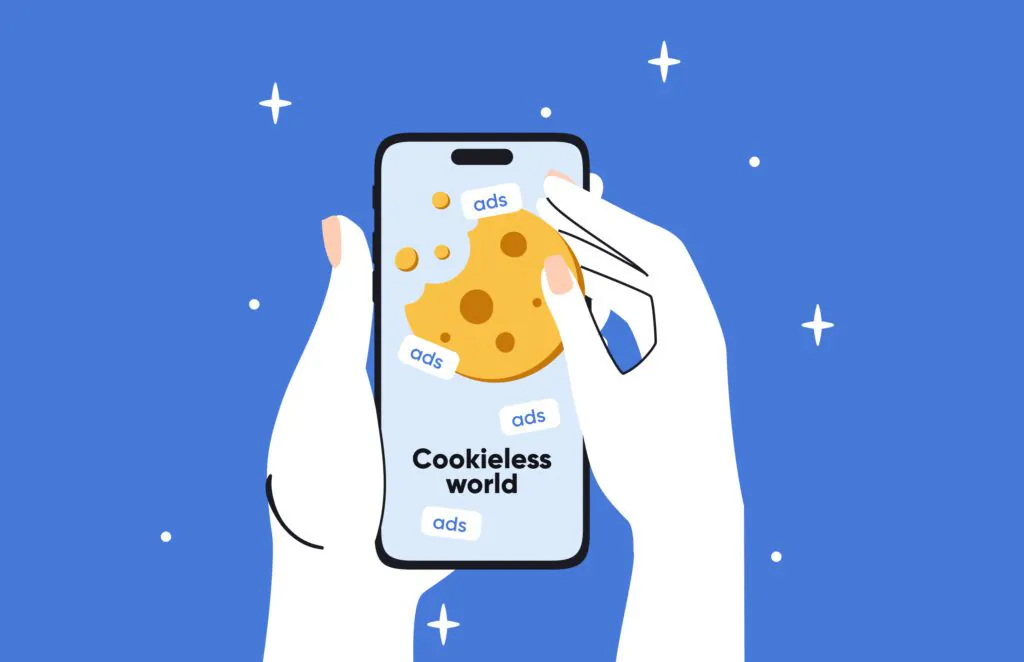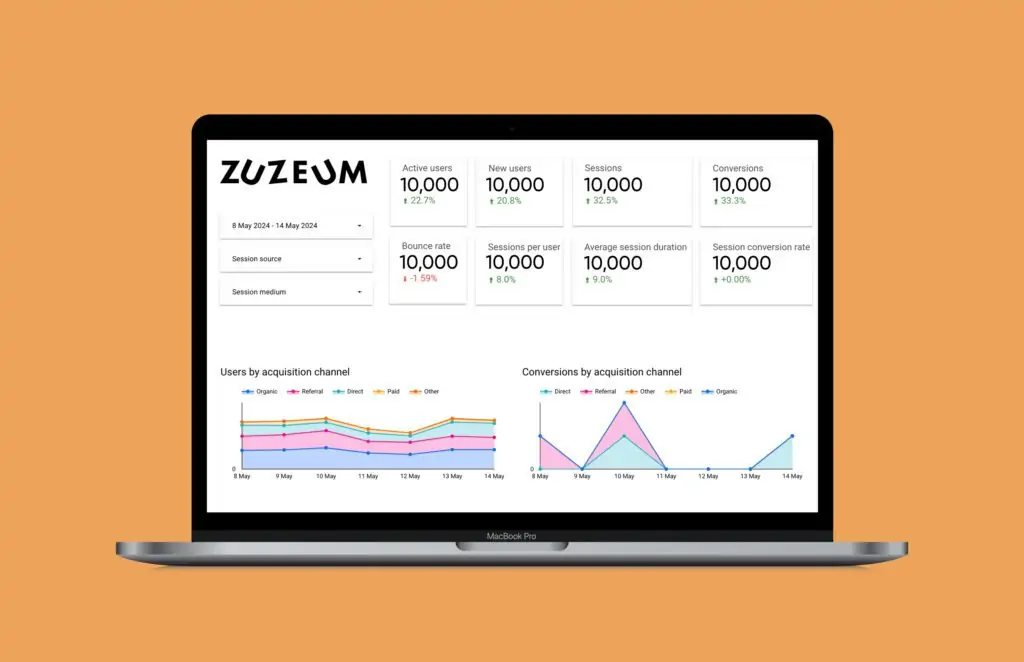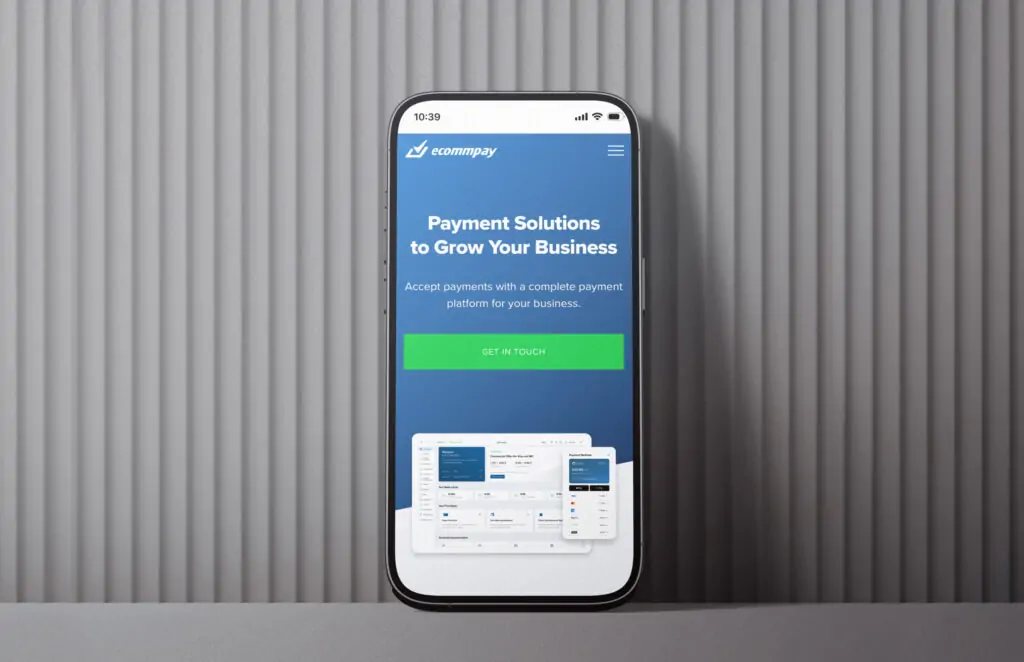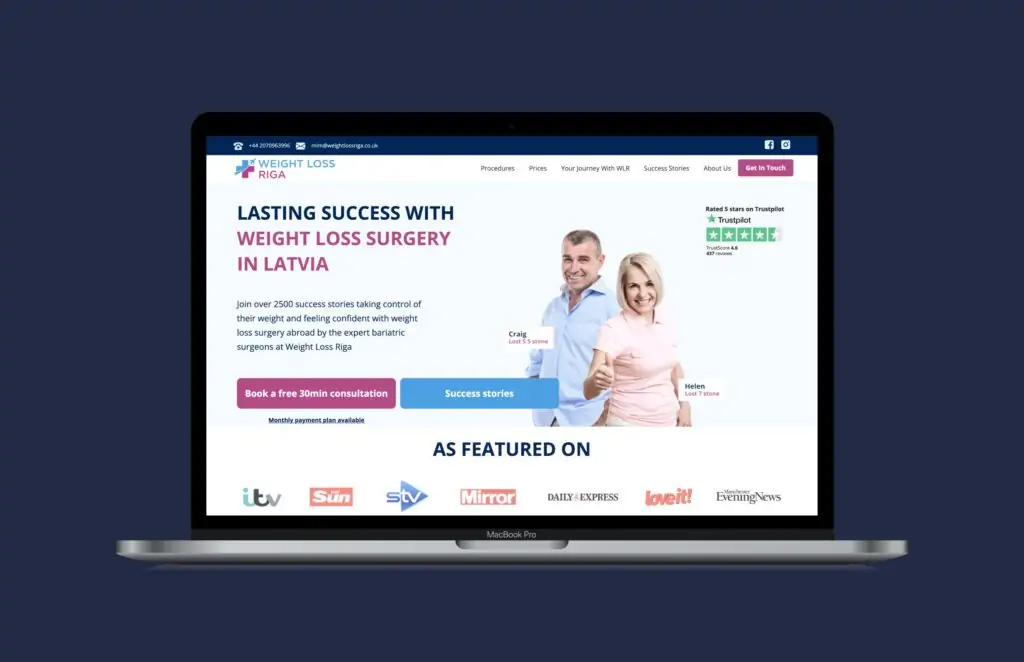
To begin with: Understanding Third-Party Cookies, User Privacy, and Consent Mode
What are cookies?
Cookies are small bits of data that websites store on your device when you visit them. They act like a mini-memory, remembering things about your browsing activity on that specific website.
There are two main types of cookies:

- First-party cookies
These are created by the website you’re directly visiting. They might store things like your login information, preferred language, or items in your shopping cart.

- Third-party cookies
These come from other websites. They can track your browsing habits across different websites, building a profile of your interests.
Third-party cookies raise privacy concerns because they allow advertisers and other companies to track you across the internet. This creates a detailed profile of your interests, which can be used for targeted advertising or even sold to other companies.
The Rise of User Privacy Concerns

The fight for user privacy online has been a gradual but steady climb. It started in the early 2000s with the advent of ad blockers that disrupted the effectiveness of AdTech-scripts on websites.
A turning point came in 2002 with the EU ePrivacy Directive. This regulation set the groundwork for protecting user privacy in electronic communications across Europe.
Large IT companies also began taking action.
In 2017, Safari introduced Intelligent Tracking Prevention (ITP), significantly limiting third-party cookies.
2018 saw a major step forward with the introduction of the General Data Protection Regulation (GDPR). This EU regulation mandated website owners to obtain explicit consent from users before collecting personal data, including information gathered through third-party cookies.
The movement gained momentum as browsers took a stand. Mozilla Firefox went a step further in 2019 by completely blocking third-party cookies by default. In 2020, Apple Safari followed suit with an update to its ITP.
The End of Third-Party Cookies in Chrome
In a move that shook the advertising industry, Google announced in 2020 that it would phase out third-party cookies in Chrome (the world’s dominant browser with roughly 65% market share).
This decision came after years of restrictions from browsers like Safari and Firefox, which already limited tracking on roughly 20-25% of internet users. With Chrome joining the party, the impact on data collection promised to be near-universal.
However, Google, a major player in online advertising and analytics, recognized the need for a smooth transition. Since its initial alternatives weren’t met with enthusiasm, Google opted to delay the phase-out until a more effective solution could be found.
This solution is currently being tested through the Chrome Privacy Sandbox project. Launched into mass testing in early 2024, it allows AdTech companies to experiment with new methods on a small scale (1% of Chrome users) before wider implementation.
What is Google Consent Mode?
Google’s Consent Mode is designed to adhere to regulations like GDPR and the EU ePrivacy Directive. It helps publishers comply with user privacy requirements while still allowing targeted advertising. Ignoring user data collection regulations may result in legal penalties.
Two 2024–2025 Updates to Keep on Your Radar

The fight for user privacy online has been a gradual but steady climb.
In 2020 Google announced to phase out third-party cookies in Chrome (dominant browser with 65% market share). This decision, following restrictions by Safari and Firefox, promised near-universal impact and sent shockwaves through advertising.
The implementation of these changes commenced in 2024. Here are two key updates that advertisers need to be aware of:
Chrome Goes Cookie-Free (Globally)
By Q1 of 2025, Google Chrome will completely disable third-party cookies for all users.
Tightening Consent Mode Requirements
Since March 2024, Google has tightened the requirements for using Consent Mode within its Google Ads platform.
We’ll explore each change in detail and provide actionable steps for adaptation in the following sections.
Chrome Goes Cookie-Free
The Consequences
The phase-out of third-party cookies is a game-changer for online advertising. What does this mean for the industry?
- Market Restructuring: Companies dependent on third-party cookies may struggle, potentially leading to consolidation within the AdTech industry, with stronger players absorbing or acquiring smaller ones.
- Evolving Strategies: Traditional targeting methods may need revisiting, prompting exploration of alternatives.
- Privacy Sandbox in Focus: Google’s Privacy Sandbox offers a solution for personalised ads without compromising user privacy. However, its reliance on Google’s data raises concerns about market control.
- Tech Adoption is Key: Ad platforms will need to integrate with Privacy Sandbox or invest in alternative data acquisition methods.
- Owned Data Advantage: Platforms with rich user data (Facebook, TikTok, Twitter) might gain an edge.
- Potential Performance Decline: Decreased ad relevance and conversion rates are possible due to limited user tracking.
- Reduced Transparency: Measuring ad effectiveness becomes more complex with aggregated data, impacting analytics transparency.
Actionable Steps for Advertisers
Here is what you can do to prepare:
- Ensure Website Smoothness
Test your site with disabled cookies (resources like Google’s “Prepare for third-party cookie restrictions” can help). - Own Your Data
Gather user data through forms, loyalty programs, etc. This is key for future targeting. - Consider Partner Data
Explore buying data from reputable, privacy-compliant companies (consult legal counsel first). - Diversify Your Ad Platforms
Look beyond Google and understand how other platforms plan to adapt. - Brace for Cost Increases
Expect potential rises in customer acquisition costs. - Embrace New Measurement
Focus on incrementality testing (true ad impact) and models like Sales, Search, Brand Lifts and econometrics for a holistic picture without detailed cookie data.
Tightening Consent Mode Requirements
Google’s EU User Consent Policy (UCP) for data collection was enforced in March 2024. To ensure continued effectiveness of website advertising campaigns, advertisers must transition to Google Consent Mode V2. Ignoring user consent regulations can lead to penalties.
Actionable Steps for Advertisers
- Choose a CMP
Select a Google-certified Consent Management Platform (e.g., CookieYes, Cookie Script, Cookiebot). Alternatively, develop a custom system). - Design User Consent Banners
Make sure they offer equal weighting to “Accept” and “Reject” options, use the same button design, and clearly explain tracked data and opt-out options. Link to a detailed cookie policy and ensure consent is stored. - Install & Configure CMP
Install the chosen CMP (ideally through Google Tag Manager) and configure data transmission to advertising/analytics systems based on user consent choices.
Advanced Consent Mode is not available for most third-party advertising and analytics systems. Opting out of tracking within these systems will completely prevent data collection, resulting in incomplete data sets. This is an unavoidable consequence of prioritising user privacy and adhering to data regulations.
Several Words In Conclusion

The years 2024 & 2025 marks a significant shift in the online landscape, prioritising user data protection. This will undoubtedly present challenges for businesses promoting their websites.
However, these challenges can also breed positive changes — stay informed, embrace agility, and actively look for alternative solutions.




 Return
Return  Share
Share 





